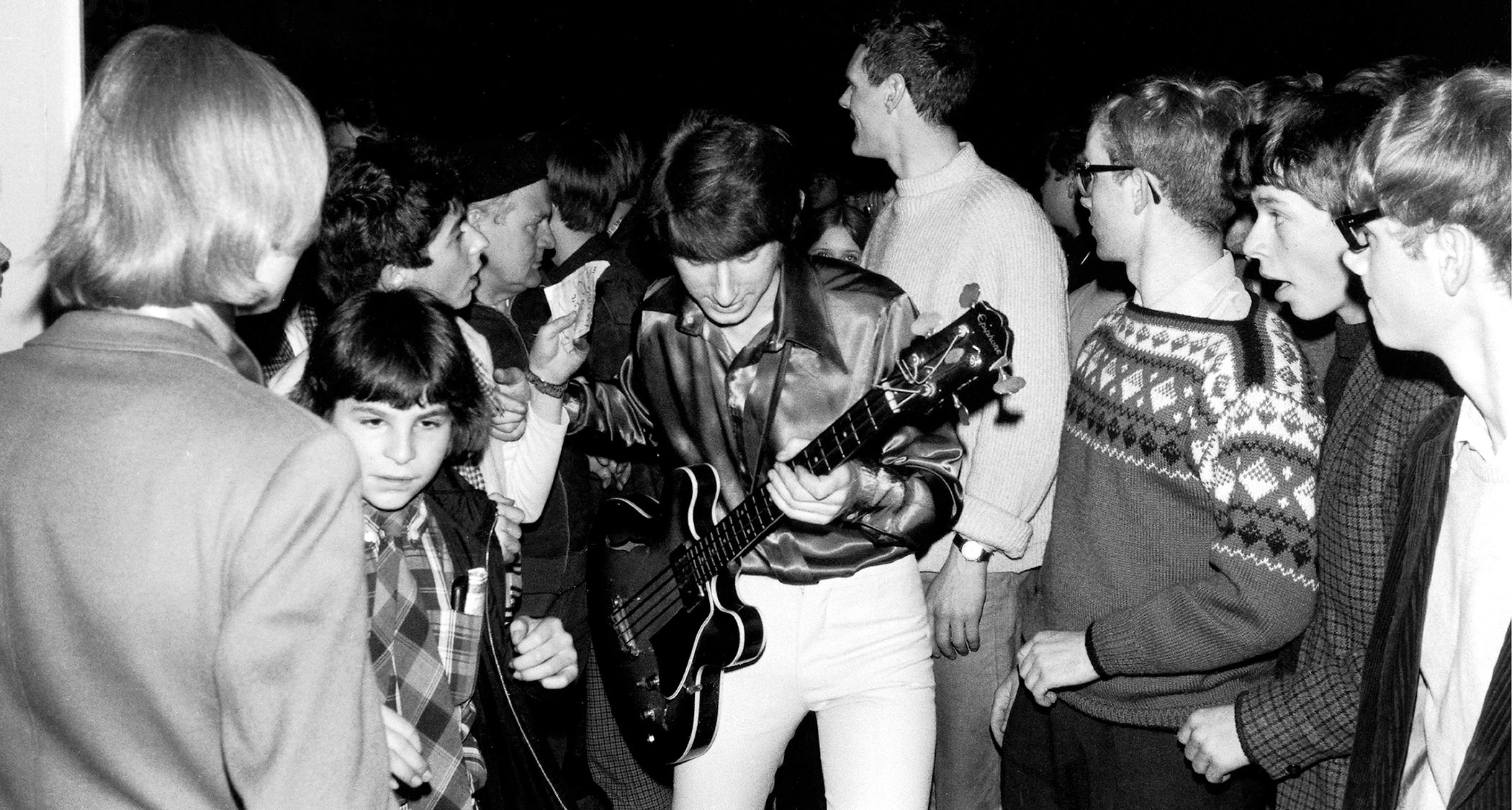
By the end of the ‘70s, Carol Kaye had already established her reputation as one of the most prolific bass guitar session players of the 20th century, amassing credits in countless albums, television scores and movie soundtracks.
From Sam Cooke and Ray Charles all the way to The Beach Boys and Barbra Streisand, Kaye’s catalog is certainly one of music’s most diverse, and though her work initially flew under the radar as named artists received the plaudits, the influence Kaye and her Fender Precision Bass had on popular and jazz music is there for all to see.
Owing to the fruits of their labor, Kaye’s relationship with the P-Bass is up there with Slash and the Les Paul. You’d need only look at a picture of Kaye at the height of her musical powers, and you’ll see the low-end legend wielding her Fender Precision.
However, despite the success these two parties had together, Kaye wasn’t all that fond of the P-Bass, using it instead out of sheer sonic necessity: “[It’s] not a great instrument, but it got a certain sound that no other instruments got,” she once told Bass Player.
“I knew that eventually other instrument companies would make a better bass,” Kaye recalled prophesying. “For me, it was like a board with strings. But, back then, there weren’t choices like there are now.”
One of those guitars that proved to be a step up was the Music Man StingRay bass – a 1976 creation that was pioneered by Leo Fender, Tommy Walker and Sterling Ball, which was the first production four-string bass to feature onboard active EQ.
Once the trio had perfected their model through a lengthy development stage, they just had the small matter of selling it to consumers and retailers – and who better to call on for help than one of the bass world’s foremost players?
All the latest guitar news, interviews, lessons, reviews, deals and more, direct to your inbox!
In 1978, Music Man sounded out Kaye to help launch the bass, with the session legend subsequently putting the new model through its paces on a wild fusion track titled Changes, for which she recruited drummer John Guerin.
As Ernie Ball Music Man points out, Kaye was one of the first players to ever demo the StingRay, and part of an undisclosed elite who had such access to the instrument.
In the slinky two-minute track, which also features the session icon on the electric guitar, Kaye lays down some thick low-end funk via the StingRay’s fretboard, which also accommodates some double-stop punches and chromatic ascending-then-descending licks.
At the 1:07 mark, while the StingRay continues to plug away, Kaye can be heard flexing her equally adept six-string jazz skills, serving up a wild arpeggio-loaded, chord-embellished and bebop-leaning guitar solo, which brings the track to a close by doubling up the four-string’s motif.
Changes – which can be heard on EBMM's website – was sent to over 10,000 music stores in the US to promote the StingRay, and as legend has it, some of those stores are still in possession of the original tape to this day.
“It was a great clean sound,” Kaye recently said of her experience with the StingRay in an interview with Ernie Ball Music Man. “It faithfully reproduced the sound that you wanted. It was always a commercial bass, but I thought, 'Yeah, that’s a great bass.'”
“I always knew that somebody would make a better bass than the standard Precision,” Kaye reiterated. “Now, I used to take the neck off the Fender P-Bass to make it playable. With the Fender P, I always played extremely hard. I had the strings extremely high to get the sound that I wanted. You still have to mute everything, it was so hard to get the sound that you wanted – but I did get them.
“But here was a bass that I didn’t have to pump hard to get the beautiful sounds. The neck was super, too. The only thing that I had against it was the weight, but back in those days, we always thought that you had to have a lot of weight for it to sound good.”
Despite being influential in the launch of the StingRay, and though she’s sung its praises, it never became a go-to bass for Kaye. Later in her career around 2001, she instead turned to the Ibanez SRX700 as it “gave me the jazz sounds that I wanted”.
In her interview with Ernie Ball Music Man, Kaye also took the opportunity to impart some final words of wisdom, saying, “You’ve got to put music in your life. Force yourself to listen to music. Get out and hear some musical groups and notice the real feelings that come into your life.
“When you play music, you’re expressing your inner being in a way that you’re going to touch someone else’s inner soul, too,” Kaye concluded. “It’s something deeper than anything you’ll ever do. Keep in touch with music because it will take good care of you.”

Matt is the GuitarWorld.com News Editor, and has been writing and editing for the site for five years. He has a Masters in the guitar, a degree in history, and has spent the last 19 years playing everything from blues and jazz to indie and pop. During his GW career, he’s interviewed Peter Frampton, Zakk Wylde, Tosin Abasi, Matteo Mancuso and more, and has profiled the CEOs of Guitar Center and Fender.
When he’s not combining his passion for writing and music during his day job, Matt performs with indie rock duo Esme Emerson, and has previously opened for the likes of Ed Sheeran, Keane, Japanese House and Good Neighbours.
